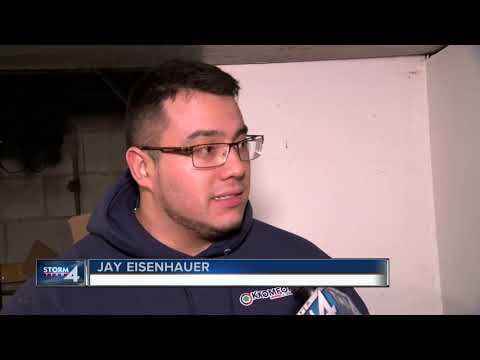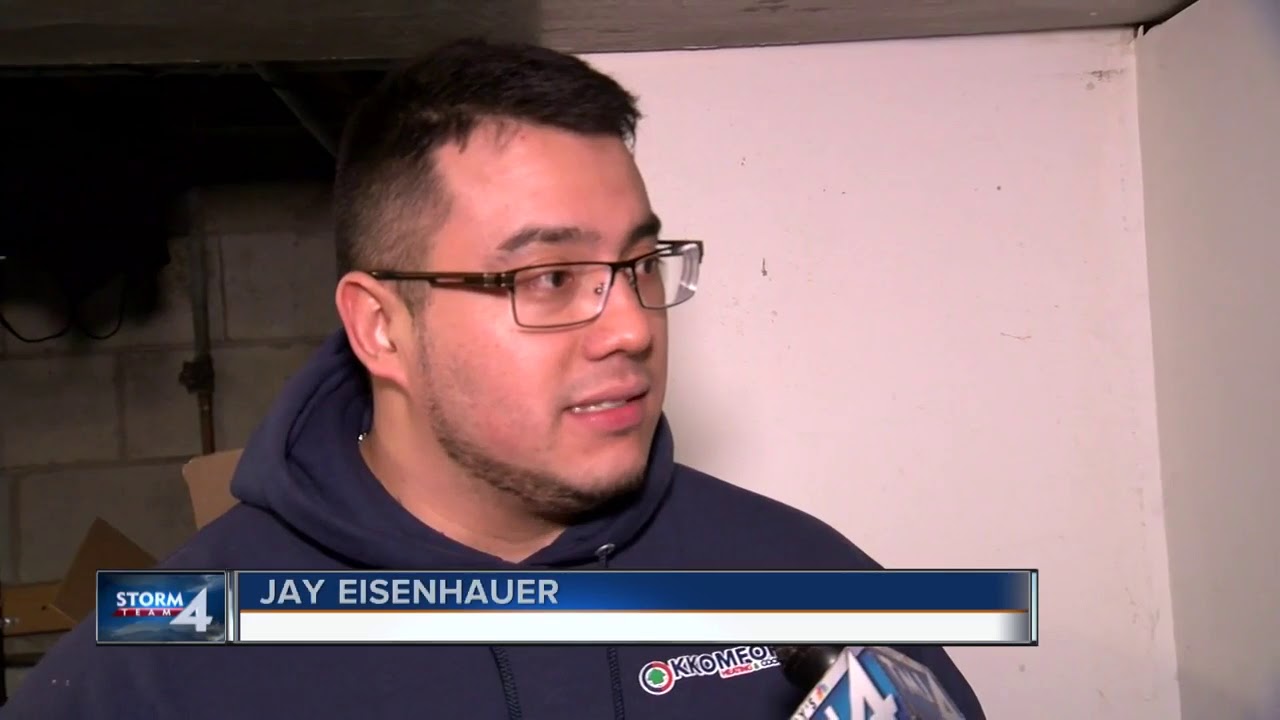Experiencing a sudden furnace failure can send chills down your spine. Don’t fret! When your furnace goes out, it’s essential to keep a level head and take immediate action. Ignoring the issue can lead to discomfort, potential damage to your home, and even health risks. So, what should you do when faced with this unfortunate situation? Firstly, assess the situation by checking if the furnace is receiving power and if the thermostat is working correctly. If these basic troubleshooting steps don’t resolve the problem, it’s time to call in the professionals. Reach out to a trusted heating technician who can diagnose and repair the issue efficiently. While waiting for their arrival, consider alternative heating sources to keep your home warm, such as electric space heaters or a fireplace, ensuring you follow all safety precautions. Additionally, communicate with your family members, informing them about the furnace malfunction and discussing ways to stay warm until it’s fixed. Remember, a furnace breakdown doesn’t have to be a disaster; it can be an opportunity to showcase your problem-solving skills and adaptability. Stay calm, take the necessary steps, and soon enough, you’ll have a cozy and functioning furnace to restore comfort to your home.

What to Do When Your Furnace Goes Out
| Issue | Possible Cause | Recommended Action |
|---|---|---|
| No Power | Tripped circuit breaker, blown fuse, or power outage | Check the circuit breaker or fuse box, reset if necessary, and ensure power is restored. If the power outage persists, contact your utility provider. |
| No Heat | Ignition failure, malfunctioning thermostat, or gas supply issues | Check the thermostat settings to ensure they are properly set. Confirm that the gas supply valve is open. If the issue persists, contact a professional HVAC technician to diagnose and repair the problem. |
| Unusual Noises | Loose or damaged components, worn-out bearings, or motor issues | Inspect the furnace for loose or damaged parts and tighten or replace them as necessary. Lubricate any bearings if applicable. If the noises persist, call a qualified technician to address the motor issues. |
| Intermittent Cycling | Clogged air filters, dirty flame sensor, or faulty thermostat | Replace clogged air filters regularly to ensure proper airflow. Clean the flame sensor using a soft cloth. If the furnace continues to cycle intermittently, have a professional inspect and potentially replace the faulty thermostat. |
| Pilot Light Won’t Stay Lit | Dirty or blocked pilot orifice, thermocouple malfunction, or gas supply issues | Clean the pilot orifice and ensure it is clear of any debris. Test the thermocouple with a multimeter or replace it if necessary. If the pilot light still won’t stay lit, contact a licensed professional to address gas supply issues and ensure proper safety protocols are followed. |
Surviving the Arctic Chill: A Guide to Staying Warm When Your Furnace Takes a Break
What to Do When Your Furnace Goes Out
When the furnace in your home suddenly stops working, it can be a major inconvenience and cause a lot of discomfort, especially during the colder months. However, there are several steps you can take to troubleshoot and possibly fix the issue before calling a professional. In this article, we will discuss what to do when your furnace goes out.
1. Check the Thermostat
The first thing you should do when your furnace stops working is to check the thermostat. Make sure it is set to the desired temperature and is set to “heat” instead of “cool” or “off.” If the thermostat is battery-operated, check if the batteries need to be replaced. Sometimes, a simple adjustment or a change of batteries can solve the problem.
2. Check the Circuit Breaker
If the thermostat settings are correct, the next step is to check the circuit breaker. Locate the electrical panel in your home and check if the breaker for the furnace has tripped. If it has, switch it off and then back on again. Sometimes, a power surge or overload can cause the breaker to trip, cutting off power to the furnace. By resetting the breaker, you may be able to restore power to your furnace.
3. Inspect the Air Filter
A clogged or dirty air filter can restrict airflow and cause the furnace to shut down. Check the air filter and if it appears dirty or clogged, replace it with a new one. It is recommended to change the air filter every 1-3 months, depending on usage. A clean air filter not only improves the efficiency of your furnace but also extends its lifespan.
4. Check the Pilot Light
If you have a gas furnace, it is essential to check the pilot light. Locate the pilot light assembly and ensure that the flame is lit. If the flame is out, follow the manufacturer’s instructions to relight it. However, if you are unsure or uncomfortable with handling gas appliances, it is best to contact a professional technician to relight the pilot light for you.
5. Contact a Professional
If you have tried the above steps and your furnace still doesn’t work, it is time to call a professional HVAC technician. Furnace issues can be complex and potentially dangerous, so it is best to leave the repairs to trained professionals. A qualified technician will diagnose the problem and provide the necessary repairs or replacements to get your furnace up and running again.
In conclusion, a non-functioning furnace can be a stressful situation, but there are steps you can take to troubleshoot the issue before seeking professional help. Start by checking the thermostat, circuit breaker, and air filter. If the problem persists, inspect the pilot light and relight it if necessary. Finally, if none of these steps solve the issue, contact a professional HVAC technician for further assistance. By following these steps, you can increase the chances of resolving the problem and restoring comfort to your home.

